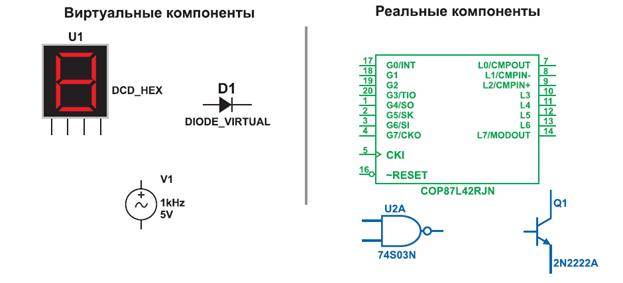SCHEME OF LEXICAL UNIT ANALYSIS
Each lexical unit is expected to be analysed on the following five levels: 1) derivational level; 2) morphemic level; 3) etymological level; 4) semantic level; 5) stylistic level.
The aims of analysis on each of the five levels are different. 1. The d e r i v a t i o n a l level of analysis is aimed at establishing the derivational history of the word in question, i.e. at establishing through what word building means it is built and what is its structural or word-building pattern. The method of analysis into Immediate (IC) and Ultimate Constituents (UC) is very effective on this level. For example, • threateningly is an adverb which falls into the following IC‟s: 1) threatening + -ly on the pattern A + - ly; 2) threaten + -ing on the pattern V + - ing; 3) threat + -en on the pattern N- + -en. The adverb threateningly is a derivative built through affixation.
2. The m o r p h e m i c level is aimed at establishing the number and type of the morphemes making up the word. Here it is necessary to make use of the data gathered on the derivational level as a result of establishing the UC‟s. For example, • in the adverb threateningly they are (arranged in the order of the stages of the IC‟s analysis of the word) -ly, -ing, -en, threat. Thus, the adverb threateningly is a polymorphemic word consisting of four morphemes of which one is a root morpheme and three derivational morphemes; • to head is a monomorphemic word consisting of one root morpheme, it is a root word; • teaspoon is a polymorphemic word consisting of two root morphemes. It is a compound.
3. The e t y m o l o g i c a l level is aimed at establishing the etymology (origin) of the word under analysis, i.e. at finding out whether it is a native English word, a borrowing or a hybrid. For example, • challenge is a Romance borrowing (French, to be exact); • threateningly is a native English word; • nourishing is a hybrid composed of morphemes of different origin: nourish is a Romance (Fr.) borrowing, but -ing is a native English suffix.
4. The s e m a n t i c level is aimed at establishing the word's semantic structure or the type of meaning in which the word under analysis is used in a given context. For example, • sense is a polysemantic word (enumerate its meanings); • contemptuous is a monosemantic word; • ear – “He‟s got a musical ear”. The word ear is a polysemantic word. In this sentence it is used in one of its secondary, figurative, abstract, wide meanings which is a result of a shift (semantic change) metonymic in nature because the name of the organ of hearing is used as the name of its power or faculty.
5. The s t y l i s t i c level is aimed at establishing the stylistic colouring of the word. For example, • nourishment is a word of literary style; • threat is a word of neutral style.
|




